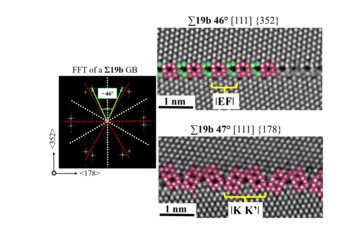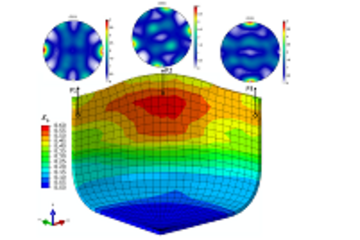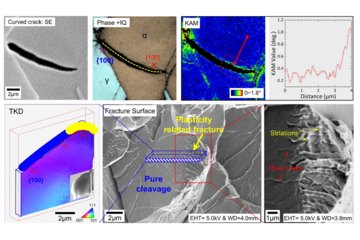All genres
21.
Poster
ω phase accommodated nano-twinning mechanism in Gum Metal: An ab initio study. 3rd International Workshop on Physics Based Material Models and Experimental Observations: Plasticity and Creep, Cesme/Izmir, Turkey (2014)
22.
Thesis - PhD
Experimental-theoretical study of the interplay between deformation mechanisms and secondary phases in metastable β titanium alloys. Dissertation, RWTH Aachen, Aachen, Germany (2016)











